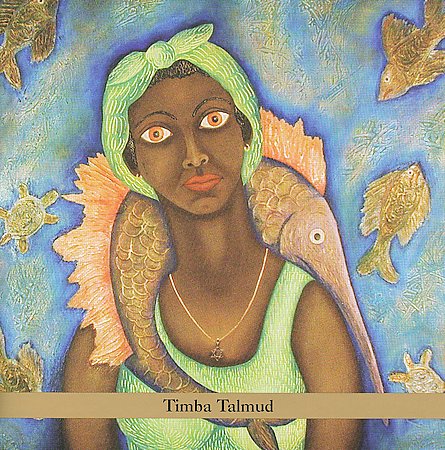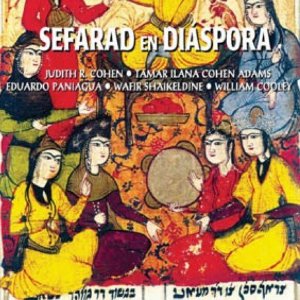You are currently browsing the tag archive for the ‘CD’ tag.
Herencia Judía. Benjamin Lapidus. Tresero Productions, 2008.
Timba Talmud. Roberto Rodriguez/Sexteto Rodriguez. Tzadik, 2009.
Herencia Judía and Timba Talmud are recordings that fuse Afro-Caribbean (mainly Cuban) and Jewish (Ashkenazic and Sephardic) traditions. While Roberto Rodriguez/Sexteto Rodriguez’s compilation is largely dance music derived from popular Cuban and klezmer repertoire to be enjoyed in the home or in secular engagements, Lapidus’s album takes on the difficult task of arranging piyyutim (paraliturgical hymns) and texts from Jewish holidays with secular and religious musics of the Spanish Caribbean. Lapidus and Rodriguez’s impressions of musical encounter are presented as audiotopias—ideological spaces that offer the listener and/or the musician new maps for re-imagining the present social world.[1] They are spaces with no real place where ideological contradictions and conflicts may coexist.[2] Yet, the proliferation of a variety of Cuban musical idioms such as rumba, son, cha-cha-chá, mambo, and comparsa assure a focus on Cuban sound on both albums. Ultimately, by playing with musical materials from Afro-Caribbean, Cuban, and Jewish traditions, both Lapidus and Rodriguez must contend with the difficulties of finding a coherent musical point of view. In this respect, Rodriguez more successfully streamlines his vision, maintaining a focus on (predominantly) popular styles and images in comparison to Lapidus, whose strategy can feel almost overwhelmingly eclectic at times. Read the rest of this entry »
‘Empezar Quiero Contar’: Canciones de Sefarad. 2000. Pneuma PN-370. CD & booklet, 31 pages. Liner notes by Judith R. Cohen.
Sefarad en Diáspora. 2006. Pneuma PN-780. CD & booklet, 23 pages. Liner notes by Judith R. Cohen.
From the perspective of someone who derives little aesthetic pleasure from folksongs, but recognizes that bringing Jewish history to life in the classroom sometimes entails glancing up from conventional, printed texts, these recent CDs by ethnomusicologist and performer Judith R. Cohen are worthy of serious consideration. The use of traditional music in the classroom can help maintain attention spans. But music can also be a learning tool, and, as Cohen often demonstrates, some essential aspects of Jewish civilization can only be adequately contemplated by using our aural faculty.



